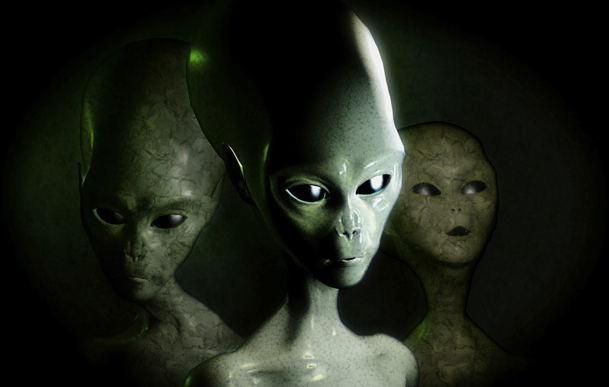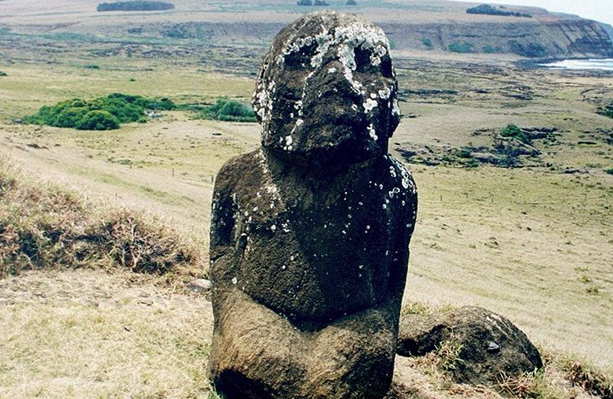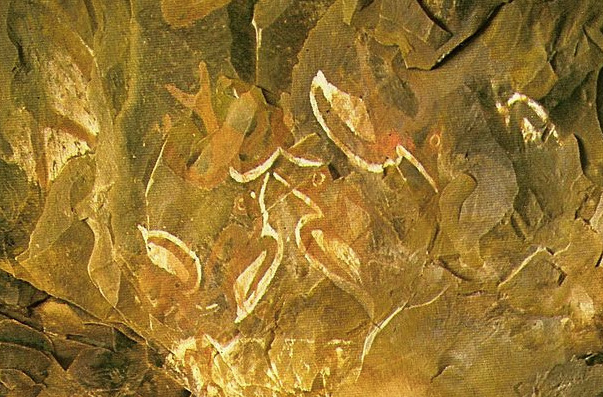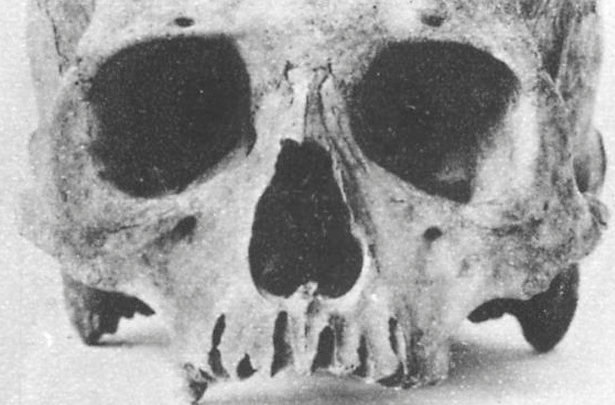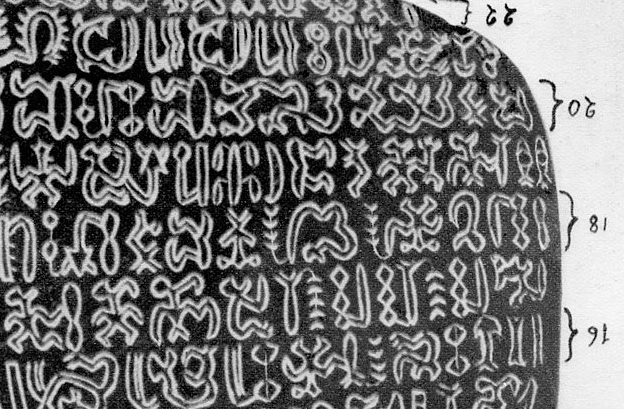
Easter Island is a place that is FULL of mystery, intrigue, and secrecy. Thought of as a once-thriving Polynesian spiritual mecca, today, the only remnants are the haunting statues that gaze onto the Pacific from a relatively barren landscape.
Listverse recently compiled an article called “10 Fascinating Theories Surrounding Easter Island” [1] by ESTELLE THURTLE. I’m going to give you my favorite 5 and you can read the rest HERE!

BYPASS THE CENSORS
Sign up to get unfiltered news delivered straight to your inbox.
You can unsubscribe any time. By subscribing you agree to our Terms of Use
Latest Video
Thurtle says in her article:
The 887 giant moai statues on Easter Island have turned one of the most isolated islands in the world into one of the most well known—and most mysterious. With each year, more theories arise concerning the island, the statues, and the Rapa Nui people who once lived there. Here are some of the most fascinating ones.
Alien Transport
A popular goofy theory about the Easter Island moai says that the massive statues were created (or, alternatively, influenced) by aliens. Author Erich von Daniken helped spread this theory with his book Chariots of the Gods?: Unsolved Mysteries of the Past. Daniken also believes the ancient Egyptians could not possibly have built the pyramids by themselves as they lacked the intelligence and strength. Similar theories explain the Mayan pyramids and the Nazca line drawings.
The stone used to build the moai was actually taken from the island itself, from an extinct volcano on the northeastern side, not from another planet. There’s no actual mystery about who built the statues. The only real mystery is why they did so. Many island researchers fully believe that each of the statues represent the head of a family. This, however, remains speculation.
Tukuturi
Tukuturi is a moai statue found in a sitting or kneeling position, thought to represent an ancient singer. The position resembles that of ancient people celebrating the festival of rui. The statue’s head is inclined higher than any of its counterparts, and it even sports a beard.
Tukuturi is a lot smaller than the rest of the moai statues, and its facial features are a lot more human-like. This unique statue was not made from the same material as the others. Instead, red Puna Pua stone was used. It seems to gaze toward Orongo, spurring theories that the statue was somehow connected to the Birdman cult as well.
Another theory speculates that Tukuturi may be the result of experimentation with new carving techniques. The statue’s legs, knees, and buttocks are well defined, and some find the kneeling position indicative of vigilance and patience. Tukuturi was uncovered during the ’50s and remains one of the most intriguing of all the statues found on the island.
The Birdman Cult
The Rano Kau crater on the island, home to the Orongo village, became the site of a competition to honor the fertility god Makemake. The winner would be the person who could make it down the very steep slopes of the crater, swim in the open sea, and make it to a nearby islet without being eaten by a shark.
On the islet would be an egg that needed to be brought back to the main island intact. The islander who achieved this feat was named Birdman for the year and assumed leadership. The Birdman cult became the main religion on the island up until 1867.During the time of the Birdman competition and religion, the islanders were inspired to rebuild their home and become the strong people they once had been. They didn’t succeed. During a single year, they became so infected with disease and afflicted with injury that they were left broken and unable to turn the situation around. At the worst possible time, missionaries arrived at the island and converted the islanders to Christianity.
Their traditional clothes, tattoos, and body paint were history. Artwork, structures, and rongo rongo tablets were destroyed. Eventually, the Rapa Nui islanders lived on a small section of the island, while the rest of the place was used for ranching. Today, very few people remain with true ties to the original Rapa Nui people.
Long Ears vs Short Ears
Author Rupert Ivan Murrill mentions in his Cranial and Postcranial Skeletal Remains from Easter Island that skulls found on the island were long and narrow. Evidence was also found of long ears. Aku-Aku by Thor Heyerdahl mentions a deadly fight or war between the short-eared and long-eared people of Easter Island.
The story goes that the long-eared people, who’d inhabited the island first, dug a ditch around 1675 and filled it with brushwood. A long-eared man revealed to his short-eared wife that his people planned to lead all the short-ears into the ditch and burn them. The shocked short-eared woman told her people of the plans, betraying her husband to save her people. A fight broke out, and the short-eared people chased the long-eared people to the ditch. Then they burned them, women and children included.
Only two long-ears survived, fleeing to a nearby cave. The short-ears followed them and killed one of them, leaving just one long-eared survivor. Heyerdahl described the long-ears as Peruvians, meaning they would antedate the short-ears, who were thought to be Polynesians. Captain James Cook visited Easter Island between 1772 and 1775 and saw many people with long earlobes, which raises some questions about the accuracy of the tale.
The Writing System
In what has been labeled a “wacky theory,” Robert M. Schoch claimed in 2012 that the writing system of Easter Island is actually 10,000 years older than popularly believed. This also makes the island itself older than originally thought. The man came up with this theory after exploring Gobekli Tepe, a set of ancient stones in Turkey believed to have been erected 12,000 years ago.
The site bears no evidence of settlement or farming, indicating that it may have been built solely for the purpose of holding ritualistic ceremonies.Schoch also disagrees with the accepted date of the Giza Sphinx, saying that it was actually built between 5000 and 7000 B.C. This claim is completely unsupported; no evidence suggests any civilization existed or worked in the Giza area around 7000 B.C. Shoch argues that Gobekli Tepe and the Sphinx were both built by hunter-gatherers.
The Gobekli Tepe pillars and the moai statues on Easter Island are almost the same, says Schoch, because of similarities in the in the style of the figures and the hands. He disregards the 12,000 years of difference between the two ancient places, and he ignores that the Easter Island heads are large while the Turkish pillar figures are thin and have no discernible heads. Shoch also believes that the rongo rongo script of Easter Island may have recorded a plasma event in the sky many thousands of years ago. Plasma in modern times refers to thunderstorms, lightning, and auroras.
SOURCE
http://listverse.com/2014/08/19/10-fascinating-theories-surrounding-easter-island/


